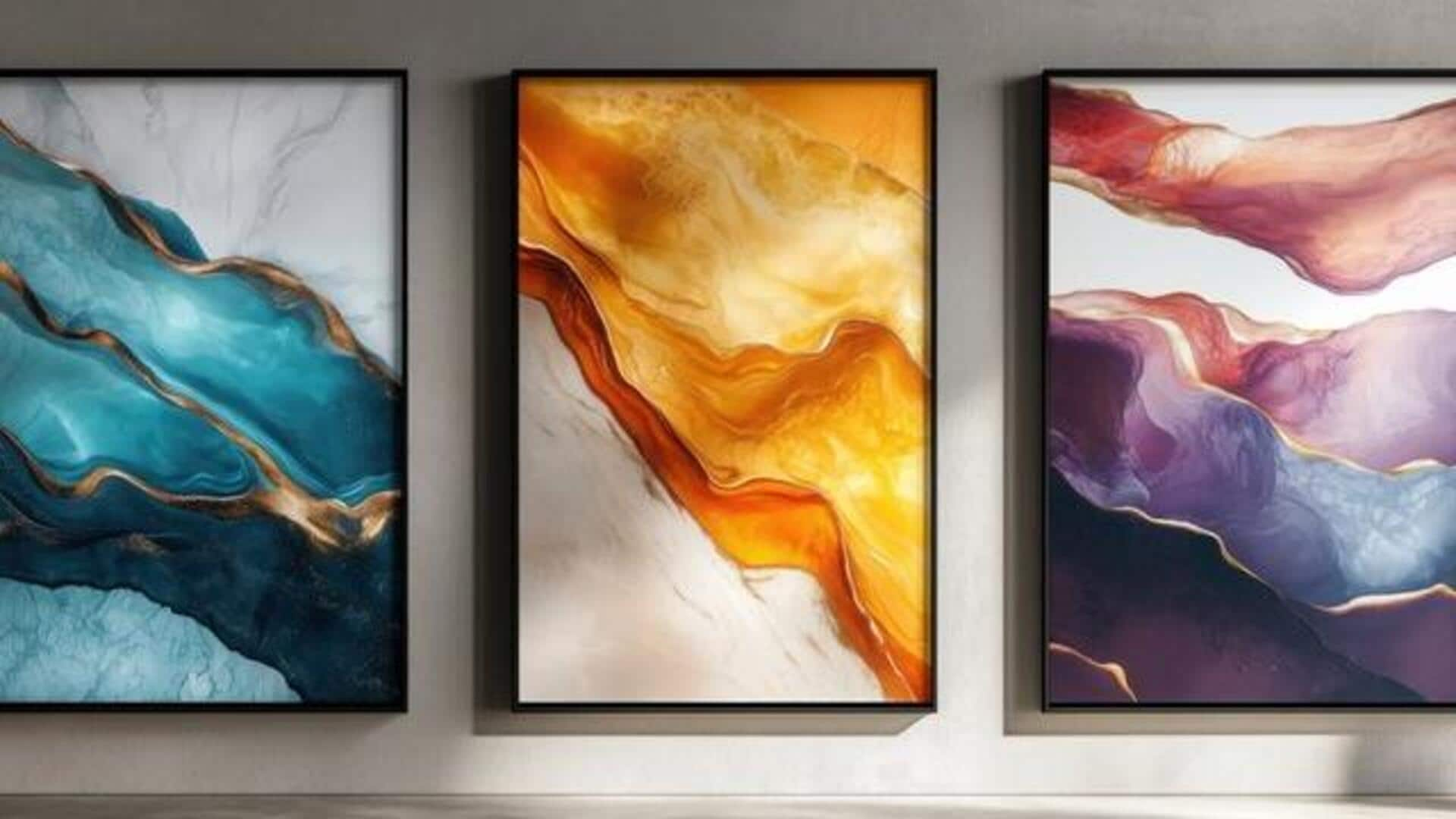
How to create wall art using natural dyes
What's the story
Creating African-inspired wall art with natural dyes is a rewarding and eco-friendly project. This way, you not only pay homage to the rich cultural heritage of Africa but also promote sustainability by using natural materials. By exploring traditional dyeing techniques, you can create unique pieces to decorate your living space. Here's how you can select materials, prepare dyes, and apply them to create stunning wall art that reflects the vibrant essence of African artistry.
Material selection
Choosing natural materials for dyeing
Selecting the right material is key to successful dyeing. Choose fabrics like cotton or linen as they absorb dyes well. These natural fibers make for vibrant colors and are easy to work with. You may also use plant-based items like leaves or flowers to create patterns on your fabric. The choice of material impacts the final appearance of your artwork, so choose wisely depending on the desired outcome.
Dye preparation
Preparing natural dyes at home
You can prepare natural dyes from various sources such as fruits, vegetables, and plants. For example, turmeric gives a bright yellow color while beetroot gives a deep red one. Simply boil the chosen ingredient in water until it releases color. Strain the liquid to remove the solid particles before using it. Experiment with different ingredients to create a range of colors for your wall art.
Application methods
Techniques for applying dyes
There are several techniques you can use to apply natural dyes onto fabric. Tie-dye involves folding and tying sections of fabric before immersing it in dye baths for unique patterns. Batik uses wax-resist methods where wax is applied on areas meant to remain undyed before dipping in dye solutions multiple times, if needed, until the desired effect is achieved; this creates intricate designs reminiscent of traditional African textiles.
Color fixation
Fixing colors permanently
To ensure longevity and prevent fading over time, after drying dyed fabrics, rinse them thoroughly under cold running water. Then, soak them briefly in a vinegar solution (one part vinegar, four parts water), which helps set colors permanently into fibers. This way, you can ensure they stay vibrant, even after repeated washing cycles later down the line, without losing their original charm.